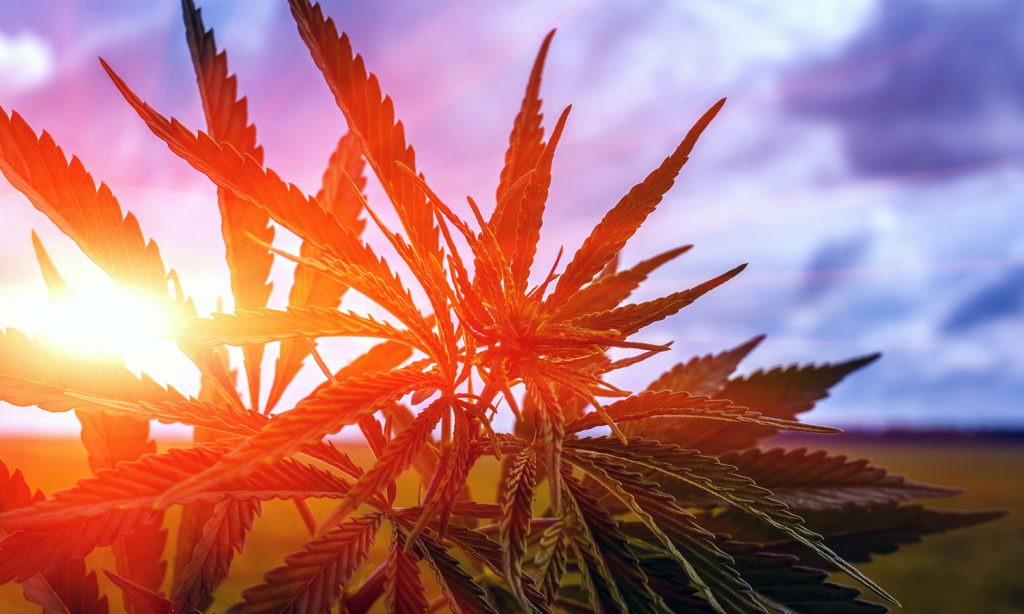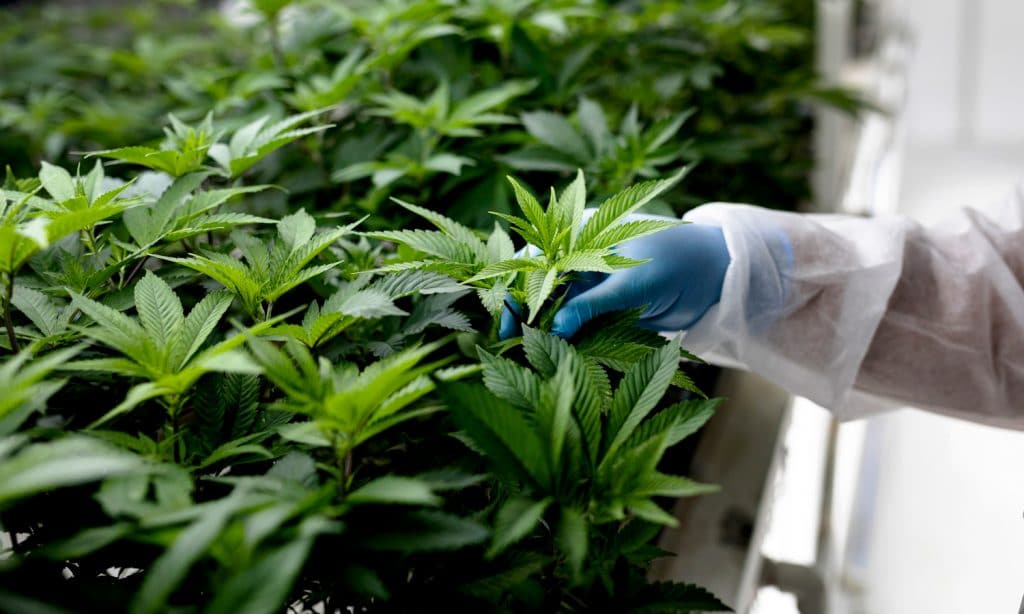
What is the difference between sun-grown and indoor-grown marijuana?
If you’re a cannabis connoisseur, it can be easy to tell the difference between weed that is grown outdoors and one that is grown indoors. But to the inexperienced smoker, the difference between the two is imperceptible.
There are advantages and disadvantages to each of these growing methods. Whether you grow your own cannabis or just want to get better at identifying your cannabis, there is a benefit in getting to know them, even if you prefer – or not even care – until you find out how they are different.
At this point, no one really knows when indoor cannabis operations began, although it is safe to assume that people began looking for ways to do so when cannabis became illegal. In the later 20th century, more and more people began growing cannabis indoors for many reasons, and because of its popularity and the ability to customize many aspects of plant growth, more people began to believe that indoor cannabis was better than outdoors . But that’s just not true; There are more things that make cannabis “good quality” than just where it is grown.
Photo by Anton Petrus / Getty Images
Also, “good cannabis” is extremely subjective; What one consumer prefers due to its high THC content may differ for others as they want a rich aroma and complex terpene profile. They have certain properties that make it pretty easy to differentiate between the two, but the general rule of thumb is that sun-grown cannabis is usually larger. Here are other ways you can tell:
colour
One of the easiest ways to tell them apart is that cannabis grown outdoors is usually darker. So when the strain produces green flowers, its buds will turn darker green or even brown if not properly cured. On the other hand, cannabis will be bright colors indoors. When the strain produces purple flowers, the cannabis outdoors will be a striking purple color, while indoor cannabis will have lighter shades of purple.
size
Usually, cannabis outdoors means that everything gets bigger, including the buds and stems. Indoor buds tend to have smaller buds that are denser than the chunky buds of outdoor cannabis.
Trichome density
Indoor cannabis is grown closer to the light source in a controlled environment, resulting in smaller buds with really dense trichomes. Because of this, it’s not uncommon to see indoor nugs that shimmer with sparkling trichome crystals but don’t have a lot of plant material. However, outdoor nugs are larger and the trichomes have more surface area, which is why their trichome density is significantly lower.
But before we go any further, here are the main differences between growing sun-grown and indoor cannabis.
Photo by Lumppini / Getty Images
Sun grown
Environmentally friendly: Growing cannabis outdoors results in a lower carbon footprint and is also much cheaper to produce. It requires fewer resources and electricity to grow as it maximizes what the natural environment has to offer for marijuana to grow. Indoor grows are notorious for high electricity costs associated with the artificial light which is also high in intensity.
Additionally, cannabis plants grown in the sun require fewer soil adjustments, pesticides, fungicides, and fertilizers. If the cultivation is naturally fertile, there is hardly any need to add nutrients to the soil. In Jamaica, for example, where some of the best cannabis strains in the world can be found, thanks to the excellent soil, rain and sunlight, it grows so well that it hardly changes any environmental impact. The very broad light spectrum of the sun already provides the necessary lighting in your own living space and you can coexist with other animals, plants and even pests.
RELATED: So You Want To Learn How To Grow Marijuana Outdoors
Good, fertile soil is also an important factor because if you use the right soil it will already contain many macro and micronutrients such as phosphorus, potassium, nitrogen, copper and iron, to name a few, which are essential for healthy plants to grow Cannabis is essential, then the plant has almost everything it needs to thrive.
Resilient Plants: If you plant landrace varieties in the growing conditions they have adapted to, they will be much more resilient to threats such as pests and therefore will become stronger. Over time, outdoor crops, including cannabis, grow flexibly to changes in temperature and other things that are constantly changing in the ecosystem.
These types of plants are healthier and more resistant to mold and mildew. Organic farming can also integrate the use of certain methods, such as B. Companion plants, which are natural techniques that intentionally grow other plants to complement it to introduce insects that are beneficial to their growth. This avoids monoculture while the beneficial beetles provide natural pest control and you maintain a healthy ecosystem.
Photo by Bloomberg Creative / Getty Images
Indoor
Year-round cultivation: Since indoor cultivation can be controlled and adjusted, it can be done all year round, regardless of the season. Indoor growers can literally grow any strain anywhere in the world, anytime, provided they have the right equipment and tools. While outdoor growing would be limited by the time of year and growing conditions affecting farmers, indoor growing can happen anywhere.
Although indoor cannabis is typically less profitable than outdoor grows, you can still make it a profitable business if you have multiple indoor grows on one sprawling establishment.
RELATED: Outdoor vs. Indoor Cannabis: Which One Should You Choose?
High Energy Use: Growing cannabis indoors is notorious for the huge amount of energy you use up due to electricity and all of the light you need to adapt the plants. That means you will have to spend a lot on your monthly electricity bill. This in turn means that indoor growing has a negative impact on the environment.
Control: Many of today’s growers prefer indoor operations because they give you a lot more control over light, temperature, water, and other aspects of growing cannabis. While growing cannabis outdoors means that you will have to deal with various factors such as unforeseen changes in weather.
One of the best things about cannabis is that there are so many strains that can be grown both indoors and outdoors. Each of them offer a unique consumer experience, so there is no such thing as superior weed for everyone – it all depends on what you like. However, it is helpful to know the differences between each cultivation type who is interested in learning how to grow their own cannabis.
This article originally appeared on Cannabis.net and was republished with permission.



Post a comment: